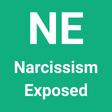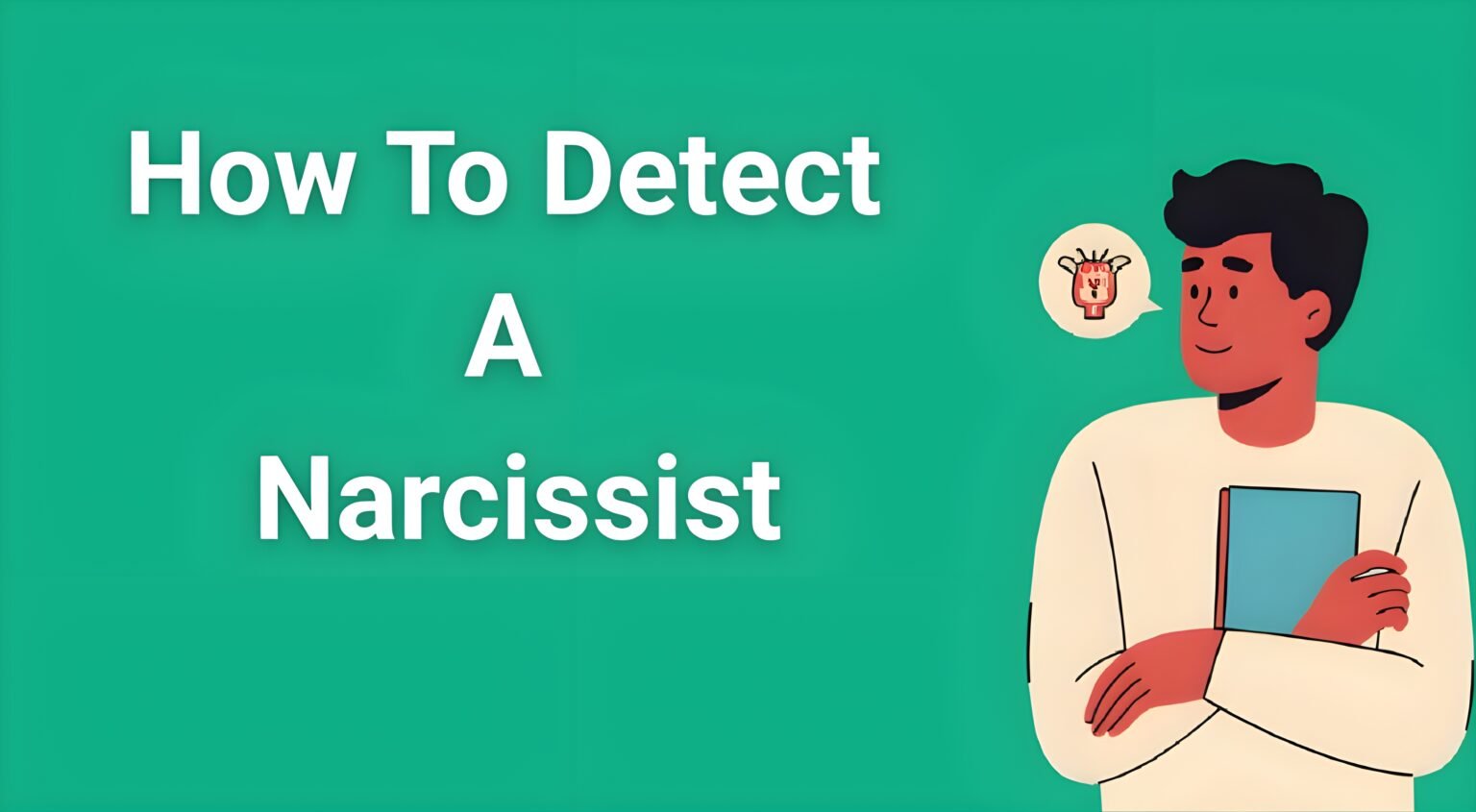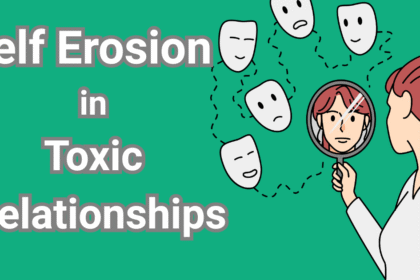Understanding how to detect a narcissist can be one of the most crucial skills for protecting your mental health and well-being. Whether you're navigating a romantic relationship, workplace dynamics, or family connections, recognizing narcissistic behavior patterns early can save you from years of emotional trauma and confusion.
- Understanding Narcissism: The Foundation for Detection
- The Three Types of Narcissism You Need to Recognize
- 15 Early Warning Signs: How to Detect a Narcissist
- The Hidden Cost of Narcissistic Relationships
- When Professional Help Becomes Essential
- Breaking Free from Trauma Bonds
- Protecting Yourself: Immediate Action Steps
- The Recovery Journey: Reclaiming Your Life
- Building Immunity Against Future Manipulation
- Frequently Asked Questions
- Conclusion: Your Path to Freedom and Healing
Narcissistic Personality Disorder (NPD) affects approximately 6.2% of the population, but many more individuals display narcissistic traits that can be equally damaging to those around them. The challenge lies in distinguishing between confidence and narcissism, between self-care and self-obsession, between healthy boundaries and manipulative control.
In this comprehensive guide, we'll explore 15 scientifically-backed warning signs that reveal how to detect a narcissist before they have the chance to damage your emotional well-being. These insights come from years of psychological research and real-world observations from mental health professionals who specialize in personality disorders.
Understanding Narcissism: The Foundation for Detection
Before diving into specific warning signs, it's essential to understand what narcissism actually represents. True narcissism goes far beyond simple vanity or self-confidence. Clinical narcissism involves a pervasive pattern of grandiosity, lack of empathy, and an excessive need for admiration that significantly impairs functioning and relationships.
The term originates from the Greek myth of Narcissus, who fell in love with his own reflection and wasted away staring at himself. This metaphor perfectly captures the self-obsessed, emotionally unavailable nature that characterizes narcissistic individuals.
What makes learning how to detect a narcissist so challenging is that many narcissistic traits can initially appear attractive. Confidence, charisma, and strong opinions can seem appealing in early interactions. However, these surface qualities often mask deeper issues including emotional instability, manipulation tactics, and an inability to form genuine connections with others.
The Three Types of Narcissism You Need to Recognize
1. Grandiose (Overt) Narcissism
This is the most recognizable form when learning how to detect a narcissist. Grandiose narcissists are openly arrogant, attention-seeking, and believe they're superior to others. They dominate conversations, brag about achievements, and expect special treatment.
2. Vulnerable (Covert) Narcissism
Covert narcissists are harder to identify but equally problematic. They present as victims, constantly seeking sympathy and validation while manipulating others through guilt and emotional blackmail. They may appear humble on the surface but harbor deep resentment and entitlement.
3. Communal Narcissism
These individuals seek admiration through appearing exceptionally caring or helpful. They volunteer excessively, offer unsolicited advice, and position themselves as the most empathetic person in any group—but their motivations are self-serving rather than genuinely altruistic.
15 Early Warning Signs: How to Detect a Narcissist
1. They Dominate Every Conversation
One of the clearest indicators when learning how to detect a narcissist is observing conversation patterns. Narcissists consistently steer discussions back to themselves, their experiences, their opinions, and their achievements. They show little genuine interest in others' experiences and often interrupt or dismiss topics that don't center around them.
Red Flag Behavior: Notice if someone rarely asks follow-up questions about your life, remembers details about your interests, or celebrates your successes without making it about themselves.
2. Excessive Need for Admiration and Validation
Narcissists require constant praise and recognition to maintain their inflated self-image. They fish for compliments, become visibly upset when not receiving attention, and may create dramatic situations to ensure they remain the center of focus.
What to Watch For: Pay attention to how someone reacts when they're not being praised or when attention shifts to others. Healthy individuals can handle not being the star of every moment.
3. Lack of Genuine Empathy
Perhaps the most damaging trait when learning how to detect a narcissist is their inability to truly empathize with others. While they may mimic empathetic responses when it serves their purposes, they struggle to genuinely understand or care about others' emotional experiences.
Empathy Test: Notice how they respond to your distress, excitement, or important news. Do they offer genuine support, or do they quickly redirect to their own experiences?
4. Grandiose Sense of Self-Importance
Narcissists consistently overestimate their abilities, achievements, and importance. They expect to be recognized as superior without corresponding achievements and often exaggerate their talents, connections, or accomplishments.
Reality Check Signs: They claim expertise in areas where they have little experience, name-drop constantly, or expect special treatment based on their perceived status.
5. Preoccupation with Fantasies of Success, Power, and Beauty
Understanding how to detect a narcissist involves recognizing their unrealistic fantasies about unlimited success, power, brilliance, or ideal love. These fantasies consume significant mental energy and influence their behavior and expectations.
Fantasy Indicators: They talk extensively about future grandiose plans without realistic steps, expect others to automatically recognize their “specialness,” or become angry when reality doesn't match their fantasies.
6. Belief in Their Own Uniqueness and Superiority
Narcissists genuinely believe they are special and can only be understood by other special or high-status individuals. This superiority complex affects how they choose friends, romantic partners, and professional connections.
Superiority Signals: They name-drop constantly, only want to associate with perceived high-status individuals, or dismiss others as “not understanding” their complexity.
7. Extreme Sensitivity to Criticism
While narcissists dish out criticism freely, they cannot handle receiving it. Even gentle feedback triggers intense anger, defensiveness, or complete emotional shutdown. This hypersensitivity reveals their fragile self-esteem beneath the grandiose facade.
Criticism Response: Watch how they handle constructive feedback, disagreement, or being wrong about something. Healthy individuals can accept feedback without explosive reactions.
8. Exploitative Relationships
Learning how to detect a narcissist requires recognizing their tendency to use others for personal gain. They view relationships as transactions where others exist to meet their needs, provide admiration, or advance their goals.
Exploitation Signs: They consistently take more than they give, disappear when you need support, or only contact you when they need something.
9. Sense of Entitlement
Narcissists expect special treatment, privileges, and automatic compliance with their expectations. They believe rules don't apply to them and become indignant when treated like everyone else.
Entitlement Examples: Cutting in lines, expecting others to accommodate their schedule, becoming angry when they don't receive preferential treatment, or assuming others will cater to their needs.
10. Intense Jealousy and Envy
Despite their confident exterior, narcissists are consumed by jealousy toward others' success, relationships, or possessions. They may disguise this envy as criticism or work to undermine others' achievements.
Jealousy Indicators: They minimize others' successes, find flaws in people who receive attention, or become visibly uncomfortable when others are praised.
11. Love Bombing Followed by Devaluation
In romantic contexts, understanding how to detect a narcissist involves recognizing the love bombing cycle. They shower targets with excessive attention, gifts, and promises early in relationships, only to withdraw this affection once they feel secure in their control.
Love Bombing Signs: Relationship moves extremely fast, excessive declarations of love, overwhelming gifts or attention, or pressure to commit quickly.
12. Gaslighting and Reality Distortion
Narcissists systematically undermine others' perception of reality to maintain control. They deny conversations that occurred, minimize their harmful behavior, or convince others that their memories are wrong.
Gaslighting Examples: “That never happened,” “You're too sensitive,” “You're crazy,” or consistently having different versions of the same events.
13. Inability to Handle Being Ignored
When learning how to detect a narcissist, observe their reaction to being ignored or not receiving immediate attention. They often escalate their behavior, create drama, or become vengeful when their need for attention isn't met.
Attention-Seeking Escalation: Multiple calls/texts when you don't respond immediately, creating emergencies for attention, or punishing behavior when ignored.
14. Conditional Love and Support
Narcissists offer love, support, and kindness only when it serves their interests or when you're meeting their needs. Their affection disappears quickly when you assert boundaries, need support, or fail to provide constant admiration.
Conditional Support Signs: They're unavailable during your difficult times, their mood toward you depends on what you can provide them, or they withdraw affection as punishment.
15. Projection of Their Own Flaws
The final crucial element in learning how to detect a narcissist is recognizing their tendency to project their own negative traits onto others. They accuse others of being selfish, manipulative, or attention-seeking while exhibiting these exact behaviors themselves.
Projection Examples: Calling others narcissistic, accusing faithful partners of cheating, or labeling reasonable people as “crazy” or “difficult.”
The Hidden Cost of Narcissistic Relationships
Understanding how to detect a narcissist becomes urgent when you realize the profound impact these relationships have on victims. People who become entangled with narcissists often experience:
- Chronic self-doubt and confusion about their own perceptions and memories
- Anxiety and depression from walking on eggshells and constant criticism
- Isolation from friends and family who the narcissist has turned them against
- Financial manipulation and control over resources
- Trauma bonding that makes leaving feel impossible despite obvious harm
The psychological damage from narcissistic abuse often persists long after the relationship ends, requiring specialized recovery approaches that address both the trauma and the unique manipulation tactics used.
When Professional Help Becomes Essential
If you've identified multiple warning signs and find yourself questioning your own sanity or reality, it may be time to seek professional guidance. Many people struggling with narcissistic relationships benefit from expert analysis that validates their experiences and provides clarity about their situation.
A comprehensive evaluation can help you understand exactly what you're dealing with, why you feel so confused, and what specific steps you need to take to protect yourself. This type of specialized assessment goes beyond general therapy to focus specifically on the unique dynamics of narcissistic abuse and manipulation.
Breaking Free from Trauma Bonds
One of the most challenging aspects of relationships with narcissists is the development of trauma bonds—powerful emotional attachments that form through cycles of abuse and intermittent reinforcement. Understanding how to detect a narcissist is only the first step; breaking free from the psychological hold they create requires specific strategies.
Trauma bonds create a neurological addiction that makes leaving feel impossible, even when you logically understand the relationship is harmful. This isn't weakness—it's a normal response to abnormal treatment that hijacks your brain's reward and attachment systems.
Recognizing that your inability to “just leave” stems from these neurological changes, not personal failure, is crucial for recovery. Specialized approaches that address the addictive nature of trauma bonds can help rewire these neural pathways and restore your emotional freedom.
Protecting Yourself: Immediate Action Steps
Once you know how to detect a narcissist and have identified these patterns in someone in your life, your safety and well-being become the priority. Consider these protective measures:
Document Everything: Keep records of conversations, incidents, and behavioral patterns. Narcissists often gaslight victims, so having concrete evidence protects your sanity.
Establish Boundaries: Clear, firm boundaries are essential, though narcissists will test and violate them repeatedly. Consistency in enforcement is crucial.
Build Your Support Network: Reconnect with friends and family members who the narcissist may have encouraged you to distance yourself from.
Prioritize Self-Care: Narcissistic relationships are emotionally draining. Regular self-care practices help restore your mental and physical health.
Trust Your Instincts: If something feels wrong, it probably is. Your intuition is often the first warning system that something isn't right.
The Recovery Journey: Reclaiming Your Life
Learning how to detect a narcissist is ultimately about protecting your right to healthy, authentic relationships. Recovery from narcissistic abuse involves several key phases:
Phase 1: Recognition and Validation – Understanding that what you experienced was real abuse, not personal failure or oversensitivity.
Phase 2: Breaking Trauma Bonds – Addressing the neurological addiction that keeps you emotionally attached to harmful people.
Phase 3: Rebuilding Identity – Recovering your sense of self that was systematically undermined through manipulation and gaslighting.
Phase 4: Creating Healthy Boundaries – Learning to recognize and maintain boundaries that protect your emotional well-being.
Phase 5: Attracting Healthy Relationships – Developing the skills to identify and maintain relationships with emotionally healthy individuals.
Building Immunity Against Future Manipulation
Understanding how to detect a narcissist also involves building your immunity against future manipulation. This includes developing a strong sense of self-worth that doesn't depend on others' validation, trusting your intuition even when others try to convince you otherwise, and maintaining connections with people who genuinely care about your well-being.
Education about manipulation tactics creates awareness that protects you from falling into similar patterns with new people. Knowledge truly is power when it comes to protecting yourself from psychological manipulation.
Frequently Asked Questions
Can narcissists change their behavior?
While personality disorders are deeply ingrained, some individuals with narcissistic traits can develop greater self-awareness and modify harmful behaviors through intensive therapy. However, true change requires genuine recognition of the problem and commitment to long-term treatment, which many narcissists resist.
How do I know if I'm the narcissist in the relationship?
If you're genuinely concerned about being narcissistic, this self-reflection actually suggests you're not a narcissist. True narcissists rarely question their behavior or consider how they affect others. However, if you recognize concerning patterns in yourself, therapy can help you develop healthier relationship skills.
Is it possible to have a healthy relationship with a narcissist?
Maintaining healthy relationships with individuals who have narcissistic traits requires extremely strong boundaries, realistic expectations, and often professional support. Many people find that limiting contact or ending the relationship entirely is necessary for their well-being.
What's the difference between confidence and narcissism?
Confident people can celebrate others' successes, handle criticism gracefully, and maintain relationships without constant validation. Narcissists require others to diminish so they can feel superior and become threatened by others' achievements or independence.
How do I help someone who's in a relationship with a narcissist?
Offer consistent support without judgment, avoid giving ultimatums about the relationship, help them document concerning incidents, and encourage professional help when they're ready. Pushing too hard often backfires due to the isolation tactics narcissists use.
Conclusion: Your Path to Freedom and Healing
Learning how to detect a narcissist empowers you to make informed decisions about the relationships in your life. These 15 warning signs provide a comprehensive framework for identifying potentially harmful individuals before they can cause significant damage to your mental health and well-being.
Remember that recognizing narcissistic behavior patterns is just the beginning of your journey toward healthier relationships. If you've identified these red flags in someone important to you, know that you're not alone, and healing is possible with the right support and resources.
Your awareness of these patterns is already a powerful step toward protecting yourself and building the authentic, respectful relationships you deserve. Trust your instincts, prioritize your well-being, and remember that you have the right to relationships that lift you up rather than tear you down.
The path forward may feel overwhelming, but with proper support and understanding of these dynamics, you can break free from toxic patterns and create the fulfilling life you deserve. Your journey toward emotional freedom starts with the knowledge you've gained here—use it wisely to protect yourself and those you care about.



